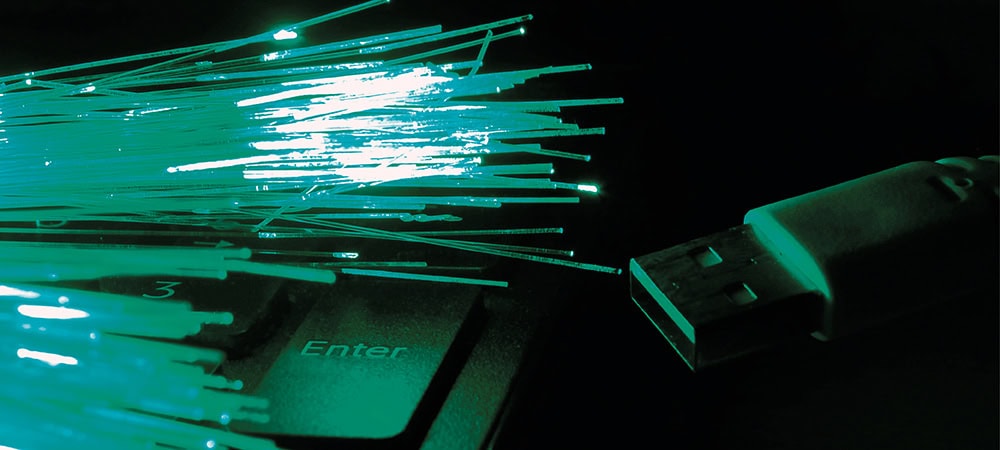Halving of the care fee


Having given this text to my wife to read, I must now rewrite the introduction and preface it as a warning.
"You're burning your fingers again with these statements".
she scolds me about my writing style.
"Let your friend Färbinger take the rap for this under the guise of journalism."
I try to answer calmly that the E-3 editor-in-chief already has enough stress with his own "false reports". And we want to think and write critically and constructively in the interest of the SAP community. Let's go!
The rumors have been around and around, but now at our first SAP regulars' table of the new year, we had a guest who gave a first-hand account of a miraculous reduction in the annual maintenance fee:
As a service provider for an SAP partner, he worked for nine months at Bombardier in the area of SolMan customizing, which is why he also joined the team to evaluate an alternative maintenance concept.
Rimini Street had made a very tempting offer to Bombardier, instead of paying SAP 14 million a year in maintenance fees, Rimini Street could bring the same and more for 7.5 million.
The matter turned out like many similar cases before, SAP massively reduced the cost of its own care fee. Our regulars took note of it with satisfaction. We know similar cases when it comes to the subsequent purchase of SAP licenses.
Axel Susen, a used software dealer, is always very helpful here: He always makes a counteroffer with decommissioned licenses, to which SAP responds with a price discount in the clear double-digit percentage range. The old Axel Susen trick thus also works very well with the maintenance fee.
Why?
SAP is trying to change a forty-year-old ERP paradigm: From 2025 onwards, there will only be S/4, Hana and Fiori in the SAP world empire.
Not every existing customer is ready to take on these radical, disruptive processes. Most are not even aware of the organizational and business benefits of S/4 and Hana.
For all users of Business Suite 7 on any of the Microsoft, IBM and Oracle databases, Rimini Street now appears to be a last resort. This third-party maintenance is not only cheaper, but also more comprehensive and durable.
Ultimately, you can still be successful as a CIO in 2030 with S/7 and Oracle - and invest the saved budget in digital transformation!
Naturally, SAP is fighting this model on all levels, including the new version of SolMan - but that's another story. And another interesting anecdote was told at the regulars' table that evening. More and more frequently, existing customers are taking their non-HR/FI systems out of maintenance, which also almost solves the tiresome discussion about indirect use by itself.
However, if you don't switch to Rimini Street or shut down maintenance, you will probably have to plan for the release change by 2025. Those who read this column regularly probably know that I am responsible for a "larger" SAP system, and of course we are already intensively involved in S/4 project planning.
All I can say at this point in time: The 2025 deadline will be almost impossible to meet! Too many worldwide SAP systems, too many add-ons, tests, trainings etc. have to be planned and executed.
But what applies to us also applies to any other existing customer. Even much smaller users will have difficulties providing the necessary resources. Globally, there are only a limited number of SAP partners, consultants and freelance programmers who can provide advice and support during a release upgrade.
This is not bad news, but past experience. Walldorf also had to revise the schedules for the conversion from R/2 to R/3 and from R/3 to ECC 6.00 several times. 2025 will not hold!
In addition, Hana was knitted with a hot needle and S/4 is not yet suitable for mass production. Most of the keynote examples from SAP Chief Technology Officer Bernd Leukert have very small data volumes, so Hana is underpowered here anyway.
But from an organizational perspective, these examples are also very interesting niche solutions or, as the boardroom scenario shows, only adequate for a handful of board members. S/4 has not yet proven its suitability for mass use.
And Hana still has numerous teething problems and anomalies - which is why SAP also insists on strict adherence to the exclusive use of certified server hardware, because there is hardly an S/4 and Hana installation without massive help from SAP support.
Things will change for the better, but that takes time. Even R/3 was not stable, robust and mature overnight. The community only became really happy with version 4.6c and the R/3 Enterprise version (4.7) brought to life by ex-DSAG boss Alfons Wahlers.






